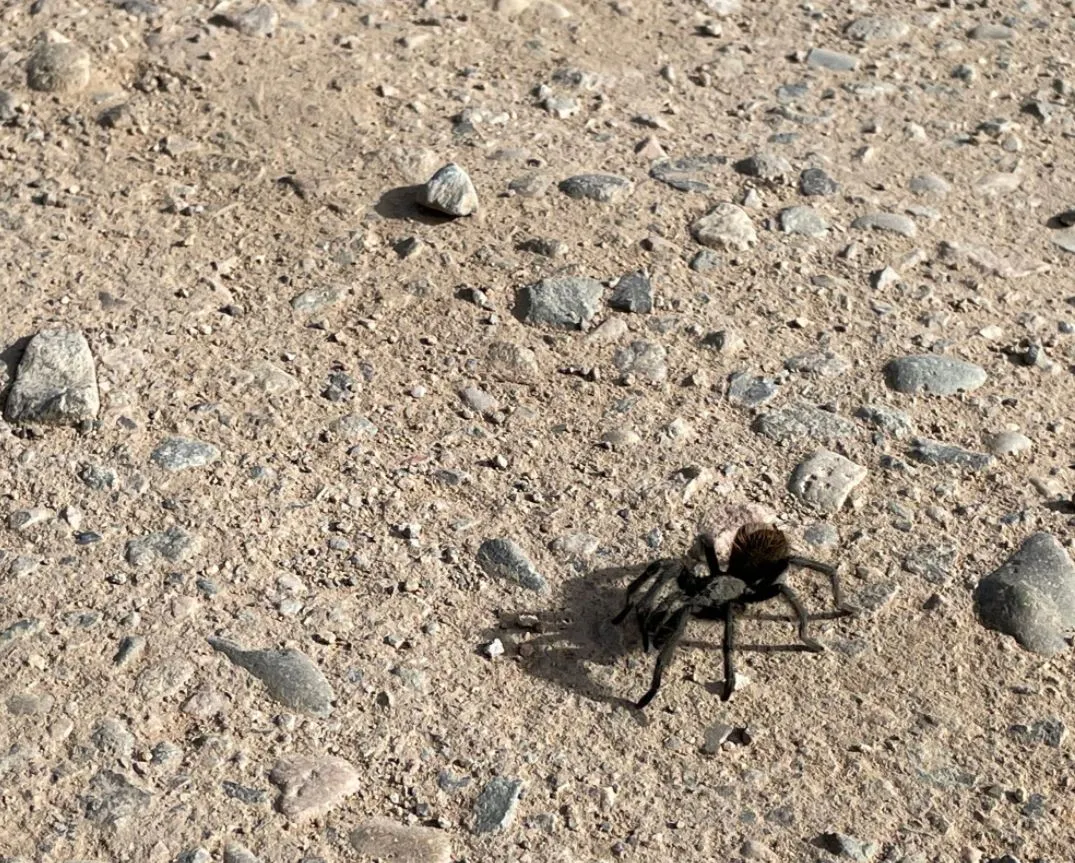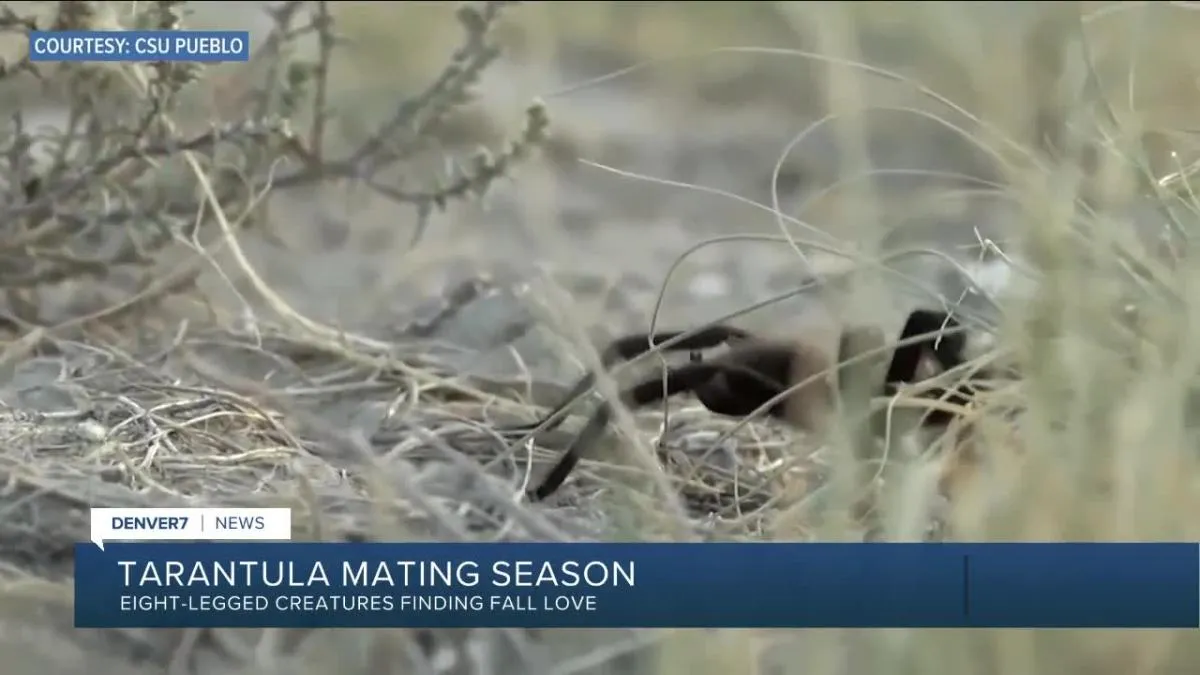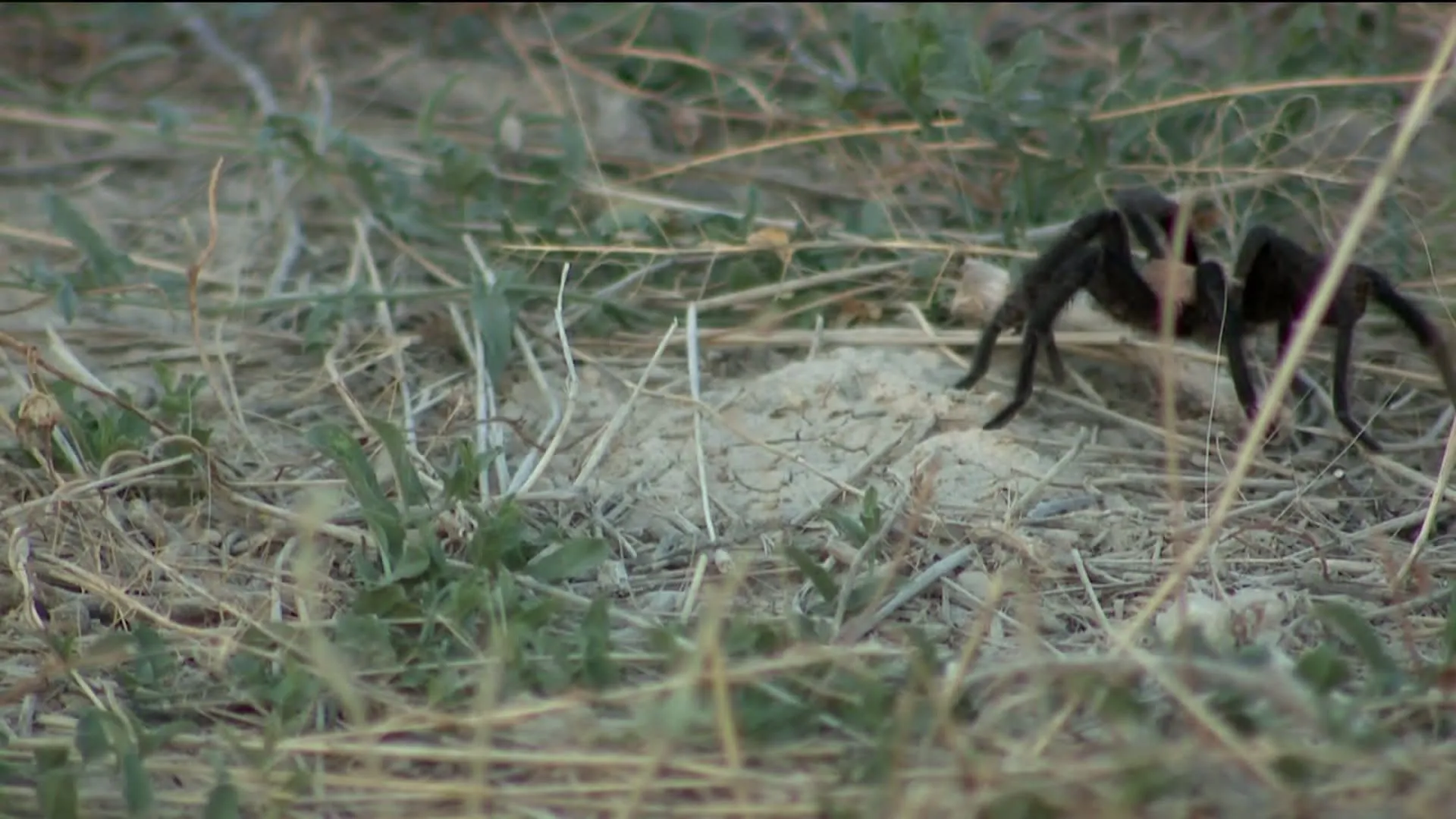What is Tarantula Migration
Tarantula migration is a fascinating natural phenomenon where these large, often hairy spiders embark on a journey, typically during mating season. This mass movement, which can involve hundreds or even thousands of tarantulas, often attracts the attention of nature enthusiasts and researchers alike. The primary reason for this migration is reproduction; adult males seek out females for mating, leading them to travel significant distances across various terrains. Understanding this migration is crucial not only for appreciating the intricacies of tarantula behavior but also for conservation efforts aimed at protecting their habitats. The scale of these migrations can vary depending on the species and geographical location, providing a unique opportunity to observe wildlife in action.
Understanding the Tarantula Life Cycle
To fully appreciate tarantula migration, it’s essential to understand their life cycle. Tarantulas go through several molting stages as they grow, shedding their exoskeleton to increase in size. The life cycle of a tarantula, which can span several years, influences their migratory behavior. Males, being shorter-lived than females, typically reach maturity and initiate migration earlier in their lives, driven by their reproductive urge. Females, on the other hand, tend to remain in their burrows or territories, waiting for the males to find them. The molting process and overall lifespan, significantly affect their migration patterns and the timing of their movements.
Factors Triggering Migration

Several factors trigger tarantula migration, with environmental conditions playing a crucial role. Temperature, humidity, and the availability of food can all influence when and where tarantulas migrate. The onset of the mating season, often signaled by changes in these environmental factors, prompts the males to begin their search for mates. Rainfall, in particular, is believed to be a significant trigger, as it softens the ground, making it easier for tarantulas to move and for females to create burrows. Understanding these triggers helps predict and observe these events, enriching the experience for wildlife enthusiasts.
Optimal Timing for Observation
The timing of tarantula migration is key to successful observation. The best time to witness this spectacle varies depending on the species and geographic location, but it generally aligns with the mating season, which can be influenced by seasonal changes. Knowing the specific patterns of migration in a particular area can increase the chances of seeing the tarantulas. Monitoring weather conditions, such as rainfall and temperature fluctuations, can also help you predict when migration is most likely to occur.
Seasonal Patterns and Timing
Tarantula migration typically coincides with specific seasons, often in late summer or early fall, when the weather conditions are favorable. This timing ensures that the tarantulas have the best chance to reproduce before the onset of colder temperatures. In some regions, migration can occur during the spring months if the climate supports it. Researching local tarantula species and their migration patterns will give you the best insight for planning your observation trip. Local resources and wildlife organizations often have the most up-to-date information on the timing of migration events.
Geographic Locations for Viewing

Tarantula migrations occur in various parts of the world, each offering unique viewing opportunities. The southwestern United States, particularly Arizona and New Mexico, is well-known for its tarantula migration. In other parts of the world, such as certain regions of South America, Asia, and Australia, similar events can be observed. The specific locations where tarantulas migrate depend on the species’ habitat and the environmental factors that trigger migration. Researching the specific species of tarantulas in your preferred viewing location is essential to determine the best places and times for your observation.
Best Places to Spot Tarantulas
Identifying the precise locations within a broader region where tarantulas are likely to migrate is crucial. National parks, wildlife refuges, and conservation areas are often prime spots because they offer suitable habitats. Look for open areas, such as grasslands or desert terrains, where tarantulas build their burrows and where they are likely to move during migration. Check local wildlife reports, ranger stations, or online forums for information on recent sightings and the best locations to observe tarantula migration. These resources often provide valuable insights into specific trails or areas known for high tarantula activity.
Equipment and Preparations
Proper preparation is key to enjoying a safe and rewarding tarantula migration observation experience. This includes having the right gear, knowing safety precautions, and understanding how to observe wildlife responsibly. Planning ahead and being prepared will maximize your chances of a positive experience. Understanding what you need and the appropriate practices will enhance your opportunity to witness this spectacular event.
Essential Gear and Tools

When observing tarantula migration, it’s important to pack essential gear. Sturdy hiking boots are essential for navigating varied terrains, while long pants and sleeves protect against bites and scratches. A reliable pair of binoculars will help you observe tarantulas from a safe distance, and a camera can capture the moment. A flashlight, especially one with a red light setting, is helpful for nighttime observations because it reduces disturbance to the tarantulas. Carry water and snacks to stay hydrated and energized and a first-aid kit for any minor injuries.
Safety Precautions
Safety is paramount when observing tarantulas. Maintain a safe distance from the tarantulas; do not attempt to handle or provoke them. Be aware of your surroundings to avoid stumbling or stepping on these creatures. Always hike with a buddy and inform someone of your itinerary. Carry a fully charged mobile phone and know the emergency contact information in the area. Learn to identify any poisonous snakes or other dangerous wildlife that may be in the area. If you encounter any tarantulas, observe them quietly and avoid disrupting their behavior.
Responsible Wildlife Observation
Responsible wildlife observation ensures the preservation of tarantulas and their habitats. It is crucial to minimize any disturbance to the spiders and their environment. This includes following all park rules and guidelines, staying on marked trails, and avoiding littering. Respecting the natural environment and practicing ethical observation techniques will ensure future generations can experience the beauty of tarantula migration.
Minimizing Disturbance to Tarantulas

When observing tarantula migration, it is vital to minimize disturbance. Maintain a respectful distance to avoid stressing the tarantulas. Avoid using bright lights or flash photography, which can disorient them. Refrain from making loud noises or sudden movements, which can cause them to retreat. Be mindful of the vegetation and avoid trampling on their habitat. The goal is to observe the natural behavior of tarantulas without interfering with their migration or mating rituals.
Conservation Efforts and Awareness
Conservation efforts are critical to preserving tarantulas and their habitats. Raising awareness about tarantula migration can help to increase support for conservation initiatives. Understanding the threats faced by tarantulas and their habitats is essential for effective protection. By supporting organizations and initiatives dedicated to tarantula conservation, you can help secure the future of these fascinating creatures.
How to Contribute to Tarantula Conservation
There are many ways to contribute to tarantula conservation. Supporting organizations dedicated to tarantula research and habitat preservation is a valuable step. Educating others about tarantulas and their importance in the ecosystem can also help raise awareness. Participating in citizen science projects, such as reporting sightings or monitoring populations, can provide valuable data for researchers. By making informed choices, such as avoiding the purchase of wild-caught tarantulas, you can make a difference in their conservation.
The Future of Tarantula Migration

The future of tarantula migration depends on continued conservation efforts and a growing awareness of the importance of protecting their habitats. Climate change and habitat destruction pose significant threats to tarantulas, making it essential to implement effective conservation strategies. Continued research and monitoring can help understand how these factors impact migration patterns. By working together, we can ensure that future generations can continue to witness the spectacular phenomenon of tarantula migration.
